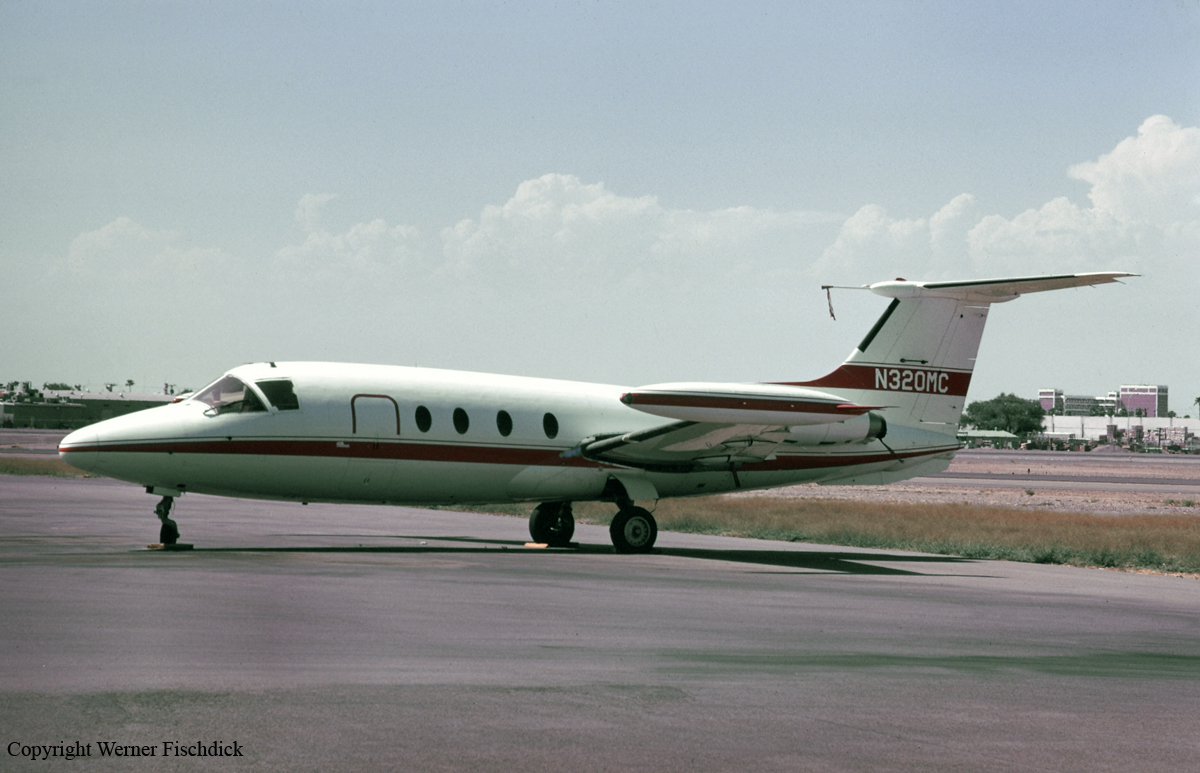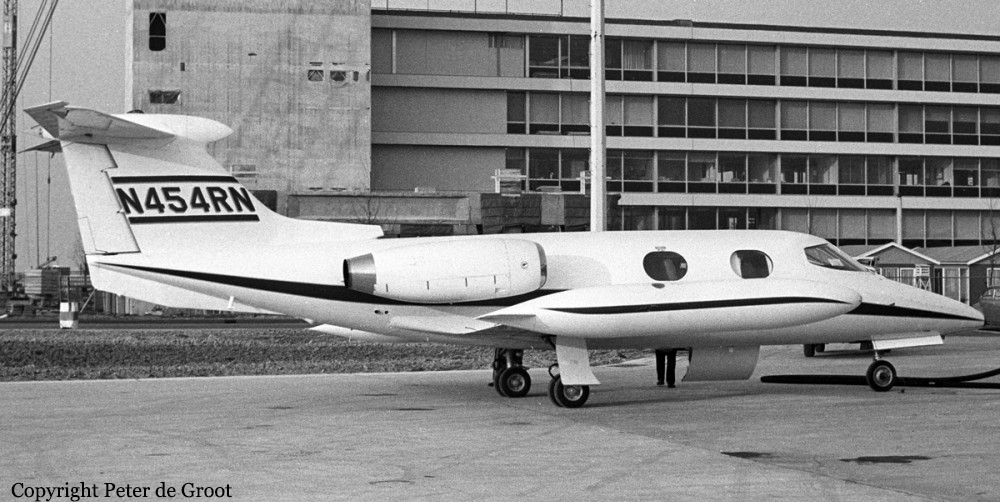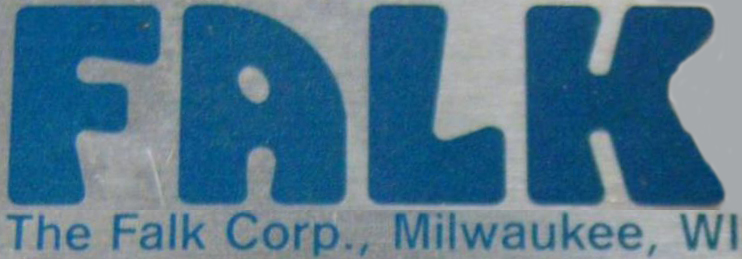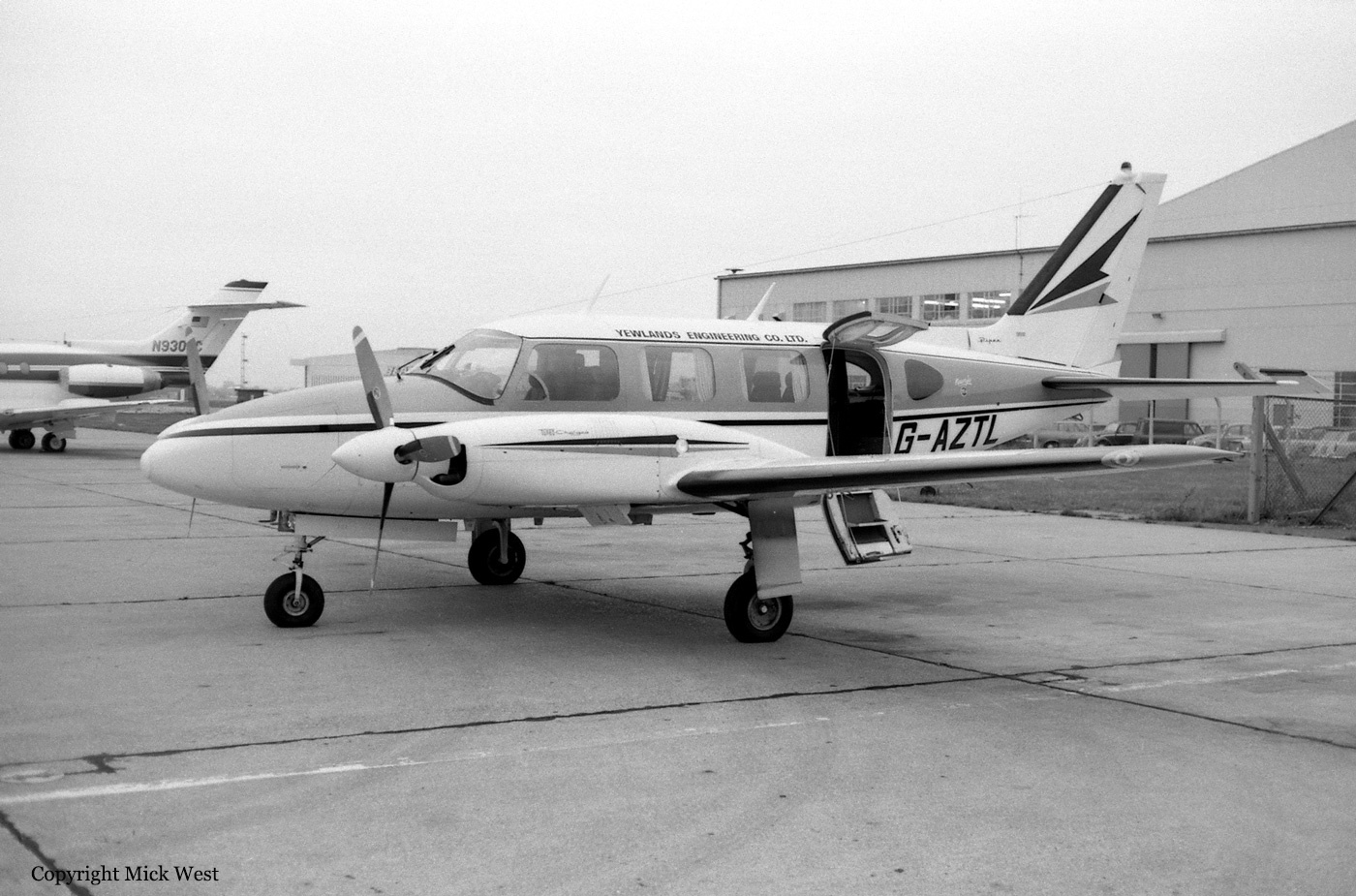Crash of a MBB HFB-320 Hansa Jet in Phoenix
Date & Time:
Mar 9, 1973 at 2024 LT
Registration:
N320MC
Survivors:
Yes
Schedule:
San Francisco - San Diego - Phoenix - Santa Fe
MSN:
1034
YOM:
1968
Crew on board:
2
Crew fatalities:
Pax on board:
5
Pax fatalities:
Other fatalities:
Total fatalities:
0
Captain / Total hours on type:
1200.00
Circumstances:
The crew was completing a flight from San Francisco to Santa Fe with intermediate stops in San Diego and Phoenix. At Sky Harbor Airport, the airplane landed on its belly, slid for several dozen yards and came to rest in flames. While all seven occupants escaped uninjured, the aircraft was destroyed.
Probable cause:
On approach, the crew failed to use the checklist and forgot to extend the landing gear.
Final Report:






